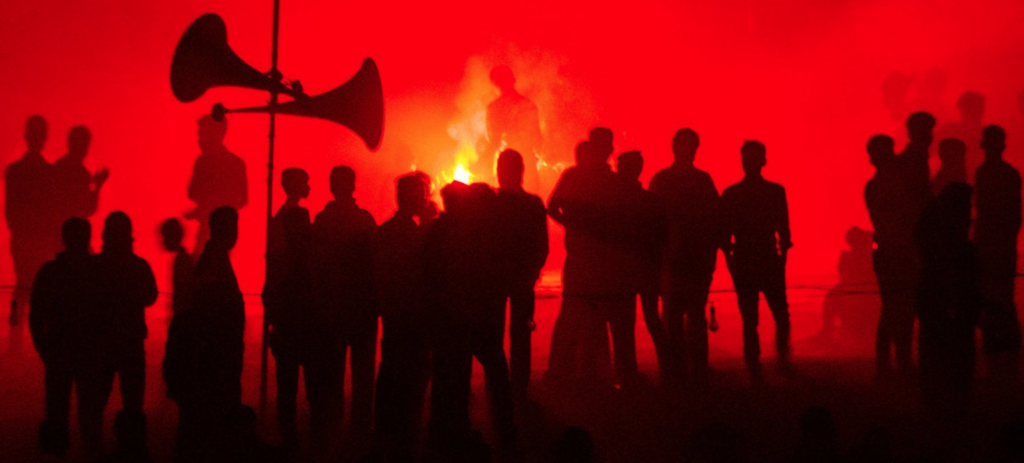On July 13, 2024, an attempted assassination on former President Trump occurred during a political rally in Butler, Pennsylvania. The shooter, aiming to influence the 2024 election, failed and lost his life.
This incident raises many questions: How did the shooter get so close to Trump? Was the Secret Service’s response adequate? If not, where were the failures?
Calls for reducing political divisiveness rang out. These were headed by a few and ignored by many. Soon after, the trenches were reengaged, and debates resumed on which side is the greater instigator of political violence.
Immediately following the attempt, conspiracy theories quickly spread online. In today’s digital age, a conspiracy theory can travel around the world twice while the truth is putting on its socks.
Part of the American Fabric
Political violence, defined as physical force motivated by political aims aimed to do harm, has haunted America since before its founding. In 1776, before the Declaration of Independence, a plot to kill George Washington was discovered and foiled. The plot was orchestrated by loyalists, influenced by the British.
However, domestic actors have primarily been responsible for political violence in America. Successful assassins like John Wilkes Booth, Charles Guiteau, and Lee Harvey Oswald, as well as unsuccessful ones like John Schrank and John Hinckley Jr., illustrate this uniquely American phenomenon.
The Sword of Damocles Over Democracies
Political violence, in the form of assassinations, remains the Sword of Damocles hanging over the head of all governments. This is especially true in democracies. In such acts, one person can drastically alter the course of history. Assassins like Princip, Booth, or Oswald exemplify this power.
In democracies, where leaders are chosen by the people’s vote, an assassination subverts this collective choice. The assassin does not necessarily determine who the leader is; rather, the assassin decides who the leader is not. When the target is an incumbent president, the act is even more devastating, undermining the will of the electorate.
Recent Incidents of Political Violence
On June 14, 2017, four people were shot during a congressional baseball practice in Washington, D.C., including House Majority Whip Steve Scalise (R). The shooter’s actions were deemed “an act of terrorism… fueled by rage against Republican legislators.”
In 2018, several pipe bombs were mailed to prominent Democrats and critics of President Trump, including former President Barack Obama and Hillary Clinton.
On October 8, 2020, law enforcement thwarted a plot to kidnap Michigan Governor Gretchen Whitmer (D), arresting 14 men inspired by inflammatory political rhetoric surrounding the governor’s handling of COVID-19.
On January 6, 2021, a violent mob attacked the U.S. Capitol, influenced by President Trump. They attempted to disrupt the certification of the 2020 presidential election results. Nine people died, and 1,450 were charged with crimes.
On June 8, 2022, a man plotted to kill Supreme Court Justice Brett Kavanaugh. The would-be assassin called the police on himself, citing anger over the Court’s likely decision to overturn Roe v. Wade and fear of loosening gun restriction laws.
On October 28, 2022, Paul Pelosi, husband of Nancy Pelosi (D), was attacked by a man influenced by conspiracy theories like QAnon and Pizzagate. He believed false claims about the 2020 election.
The most recent incident is the attempted assassination of former President Trump (R). It is still early in the investigation. The FBI reported the shooter displayed no mental health issues to help explain his actions. He was a registered Republican who donated $15 to a democratic PAC. At this time, his motivations remain unclear and contradictory.
Conclusion
Political violence is an entrenched aspect of American life. While major events capture headlines, the Capitol Police investigated 7,500 threats against members of Congress in 2022 and over 8,000 in 2023, with numbers likely rising in 2024.
This steady increase in political violence has culminated in an assassination attempt against a presidential candidate. Many argue that polarization and divisive rhetoric have contributed in the recent uptick. However, political violence has deep roots in American history, suggesting it is more than a recent phenomenon. It appears to be an enduring American pastime.
